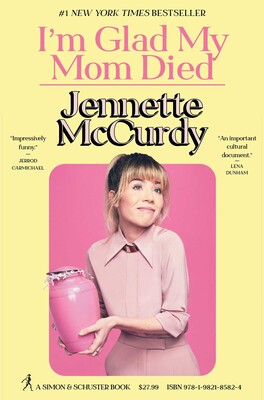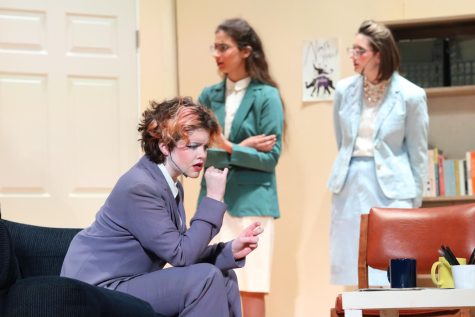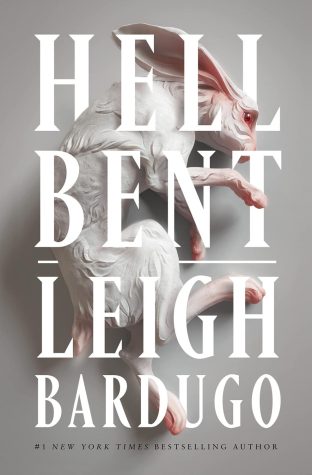Artist of the Issue: Hayley E. Wallenfeldt
October 28, 2016
Taking a seat in the auditorium, Molly Meacham oversees her group of actors who are preparing to stride onto the stage. She swivels around in search of her costume designer, set designer, and actor, Hayley E. Wallenfeldt, claiming that Wallenfeldt deserves to be the next Artist of the Issue.
“Hayley!” she screams.
Wallenfeldt rushes over, struggling with a large backpack, and a surprised smile. She immediately hands over her phone and a binder full of her drawings and talks a mile a minute. She apologizes for acting like these drawings are her “babies.”
Wallenfeldt, Div. 890, said she took on this summer project of creating costumes as it was a form of artistry she had fallen in love with.
“I realized I liked costume design because there’s more purpose to the narrative,” Wallenfeldt said. “In daily life, people are choosing their own narrative. For costume design, it’s a narrative that already exists and you have to contemplate characters and clues embodying their story. You have control over it. I get to think about whose narrative it is and how I am going to show their story.”
However, Wallenfeldt said that costume designing was not something that just came naturally to her, and it took a lot of courage to prepare costumes for Lane’s fall play, a steampunk version of Shakespeare’s “Romeo and Juliet” as she considers herself to be an unprofessional.
She said that her friends and family, along with Ms. Meacham who teaches English, pushed her to pursue this project, which was a similar process to how she began her other interests.
“I began costume designing when one of my best friends asked me if I wanted to do cosplay because I was good at sewing,” Wallenfeldt said. “A lot of passions in life, though I really enjoy doing them, are because of someone else’s push.”
Wallenfeldt said that her parents, who are former actors, never really influenced her to be involved in theater as a kid and she naturally turned to being another kind of artist.
“I never really thought of myself doing theater,” Wallenfeldt said. “My elementary drama teacher hated me to a point where I began thinking ‘I prefer art, I think I am going to stick with this.’ But my friend told me about the play ‘The Good Doctor’ needing artists to help paint the sets. I thought ‘Theater that doesn’t involve acting, what?! Let me do that.’”
After this turning point for Wallenfeldt, she continued to delve further into theater and practiced as an actor.
“I think that one thing that people assume is that being on stage is the goal and that’s the more important thing,” Wallenfeldt said. “When I was younger, I thought those behind the scenes were the acting rejects. I learned that I take more pride with what I do that no one sees than what I do that people see me doing.
“When it comes to the actors on the stage, there are only 25 percent of the show. What I love about theater is understanding all the little minutiae that happens from the lighting cues to the sound to the people who move the sets to the decisions of how far the curtains should be out. Being on stage allows me to understand being an actor but a lot of the emotion is set behind the stage.”
On the other hand, Wallenfeldt said that this year, her focus always comes back to the costumes she is creating, but being an actor helps in this process as well.
“How can actors express themselves with what they’re wearing?” Wallenfeldt said. “To me, being able to act helps me get into the mindset of the people who will be wearing the costumes I have made or working in the environments that I have helped built.”
She said that using this strategy of being an actor and a costume designer has also aided her in the specific details of her costumes, such as the colors, which hold significant meaning.
“I switched it around from the traditional colors these houses may get in other adaptations,” Wallenfeldt said. “The Capulets get the reds while their servants and such get the more orange and yellow costumes. By contrast, the Montagues are very cool in their color scheme with blues and greens. The prince, Paris, and Mercutio get purple because they’re royalty and purple is such a royal color. Also, they’re in between these two families that are clashing and those are predominantly red or blue. Between those two, however, is purple. So, color symbolism is very important in this.”
As this is something Wallenfeldt is specifically passionate about, she also said she has many options as far as colleges and careers go. Too many options, in fact.
“I still don’t know what I want to do with my life,” Wallenfeldt said. “Acting is something really beautiful but it is also just one part of the puzzle. For me, one of my biggest concerns with the theater is thinking about what part of the puzzle I want to be. With acting, I realize how things intertwine. Acting helps me understand expression more if I am trying to draw something more animated. Everything relates to each other.”
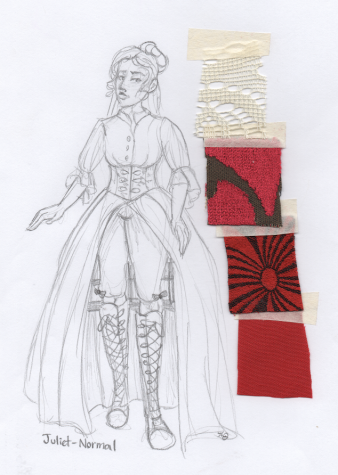

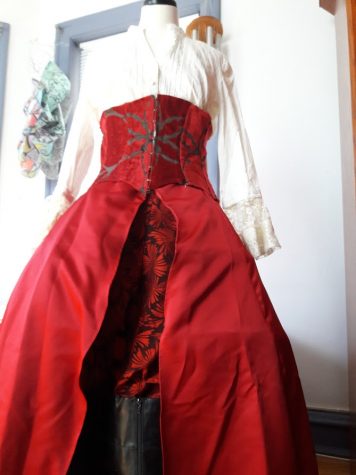
Hayley E. Wallenfeldt
Wallenfeldt has a specific process to how she designs clothing and she said that each stage takes a while as it must fully envelop and reflect the character. Here is her unique process for the character of Juliet.



